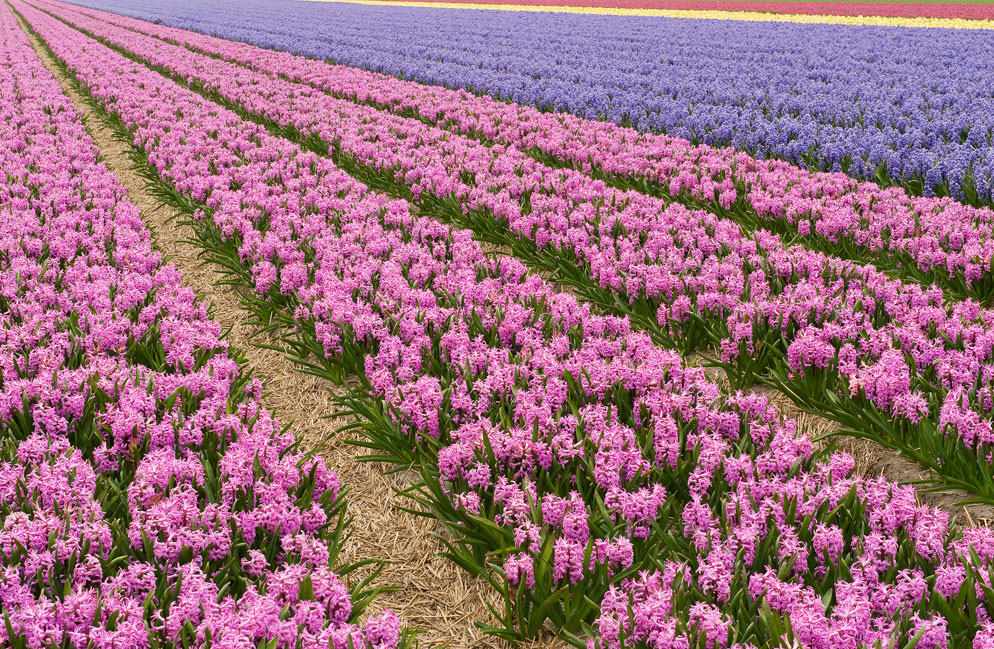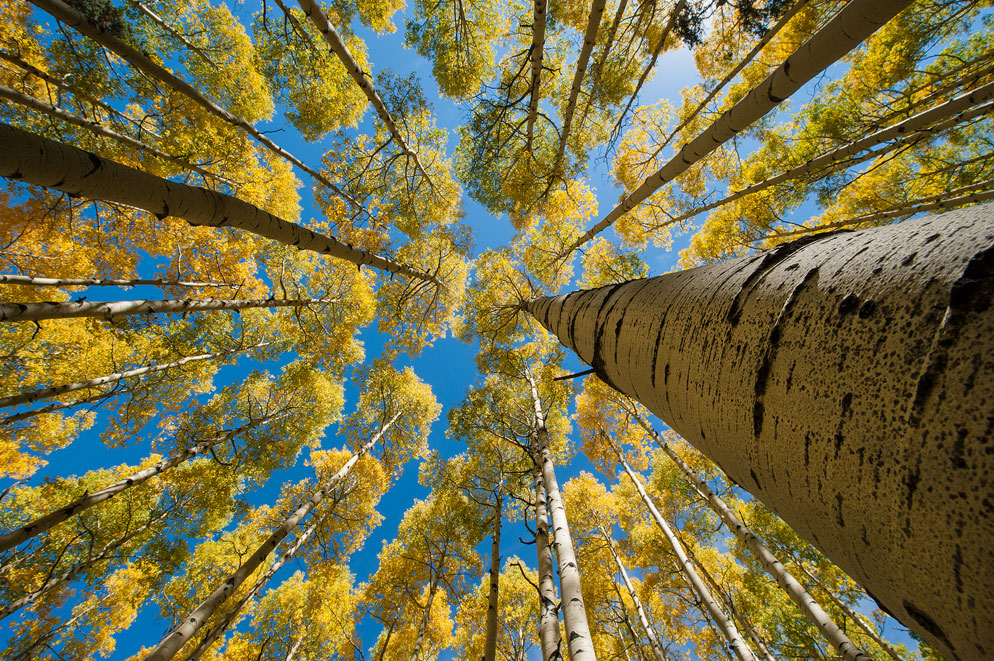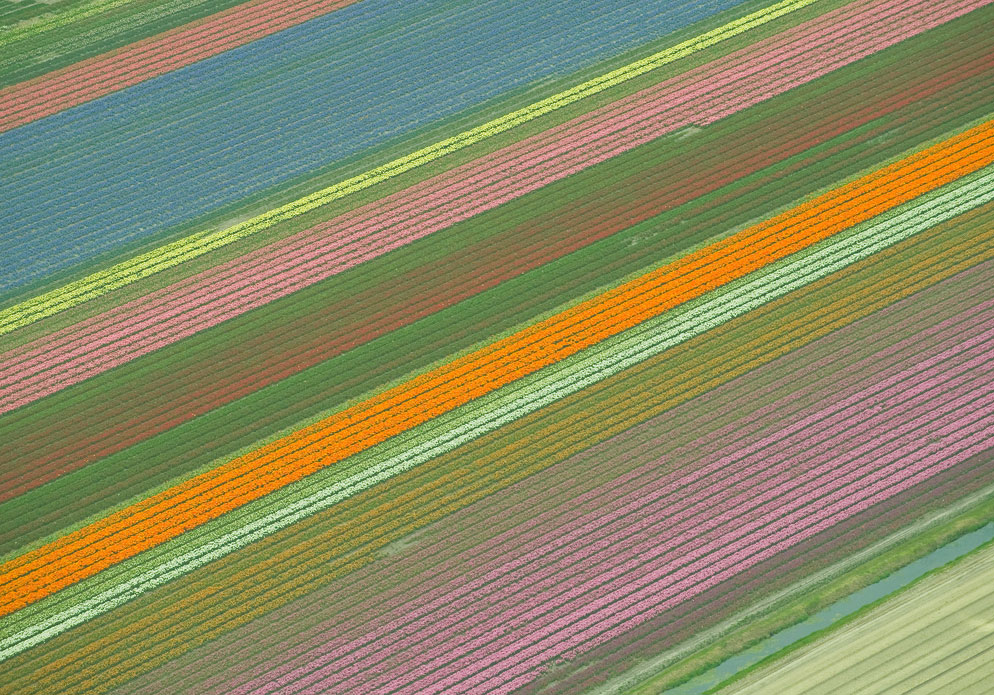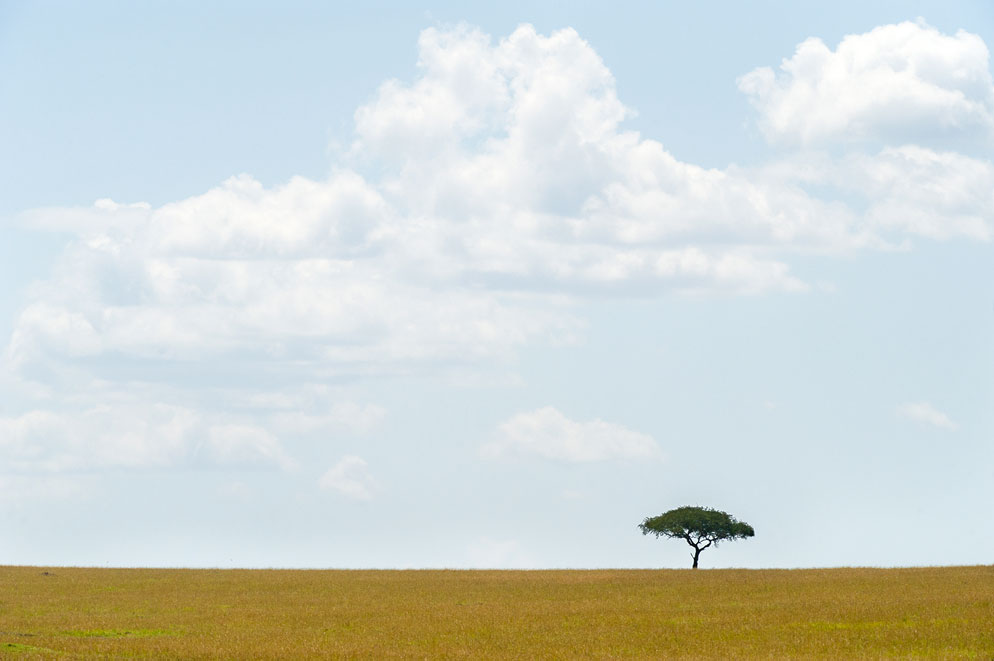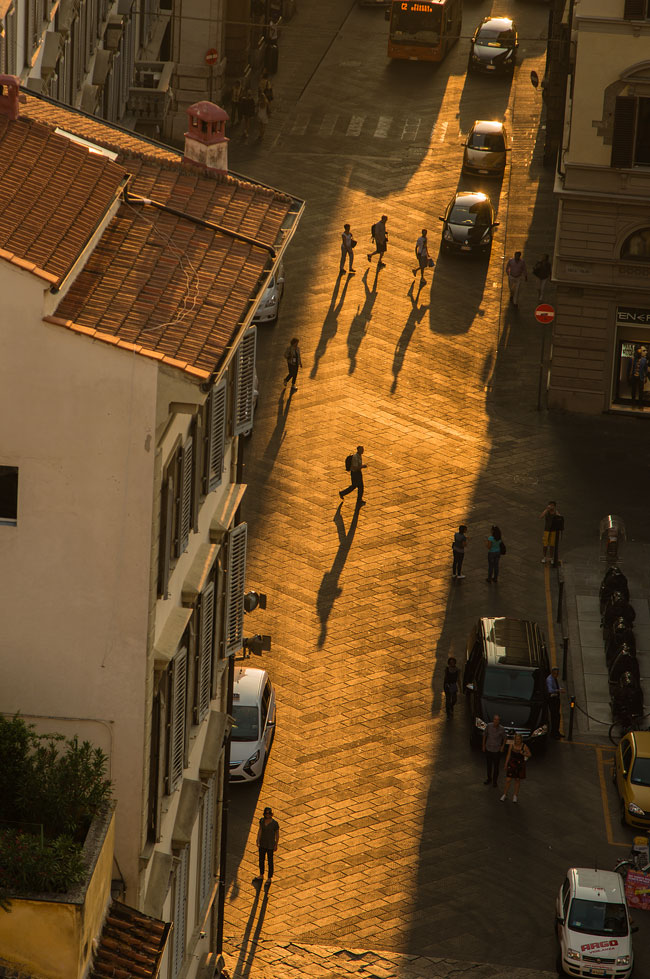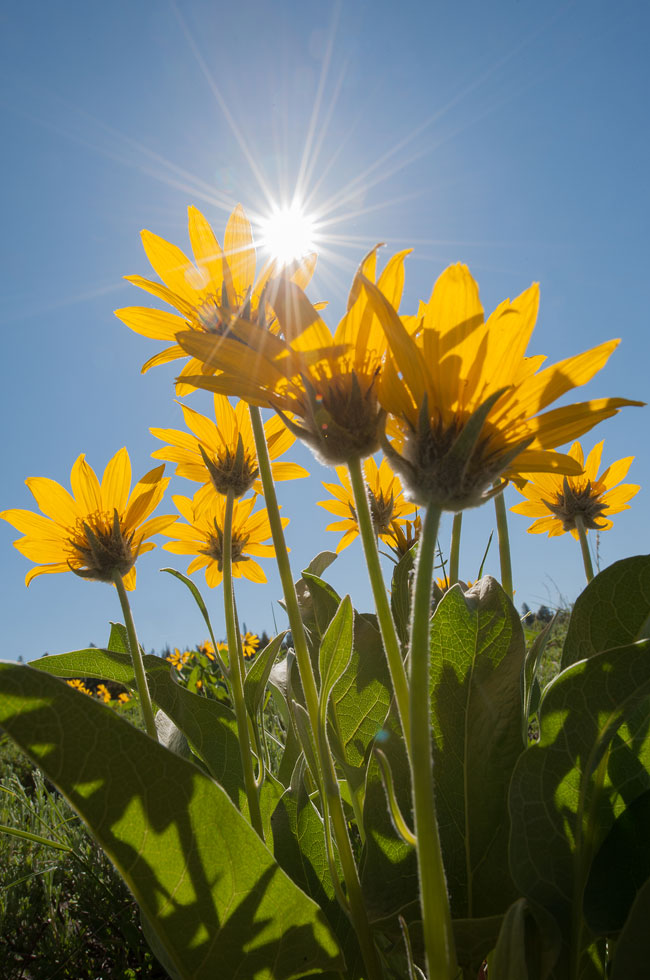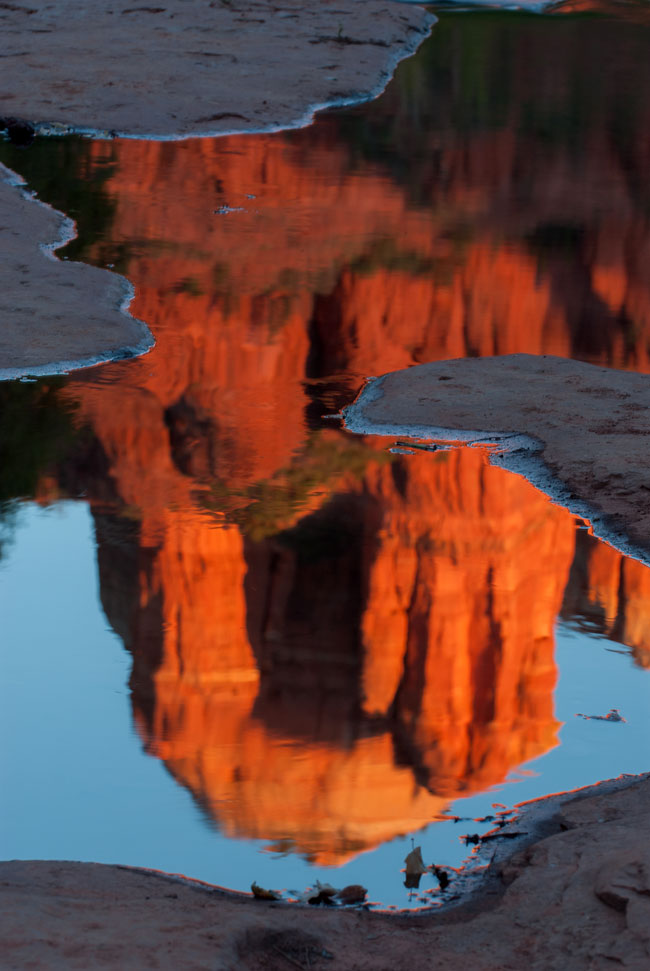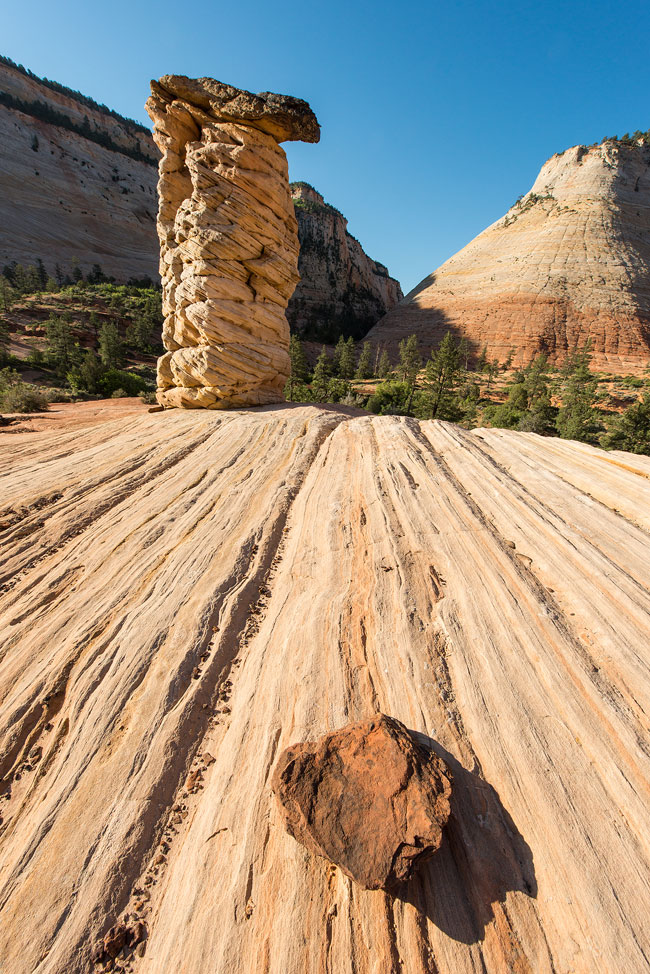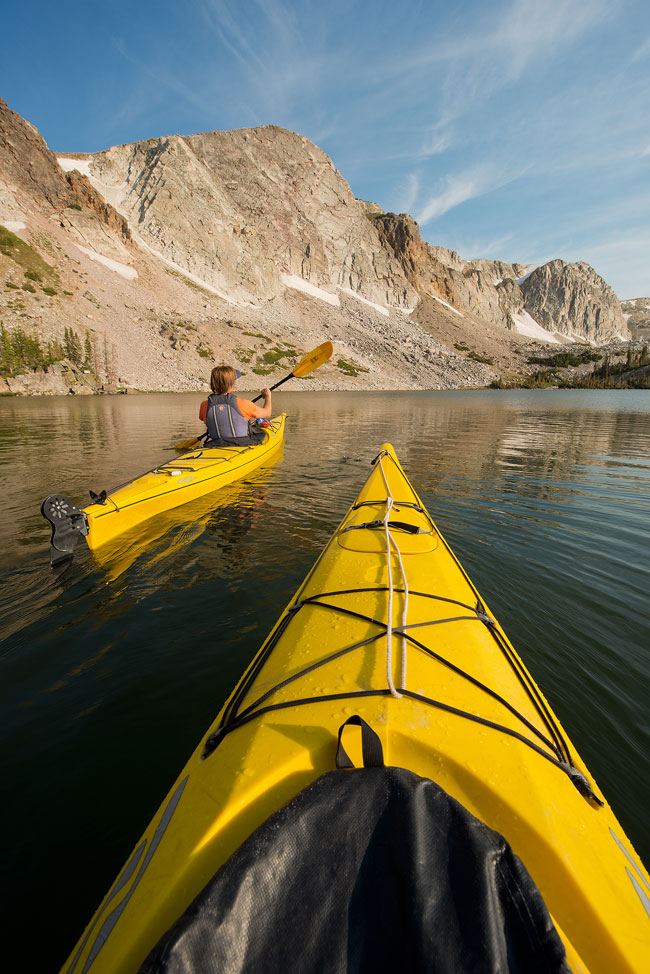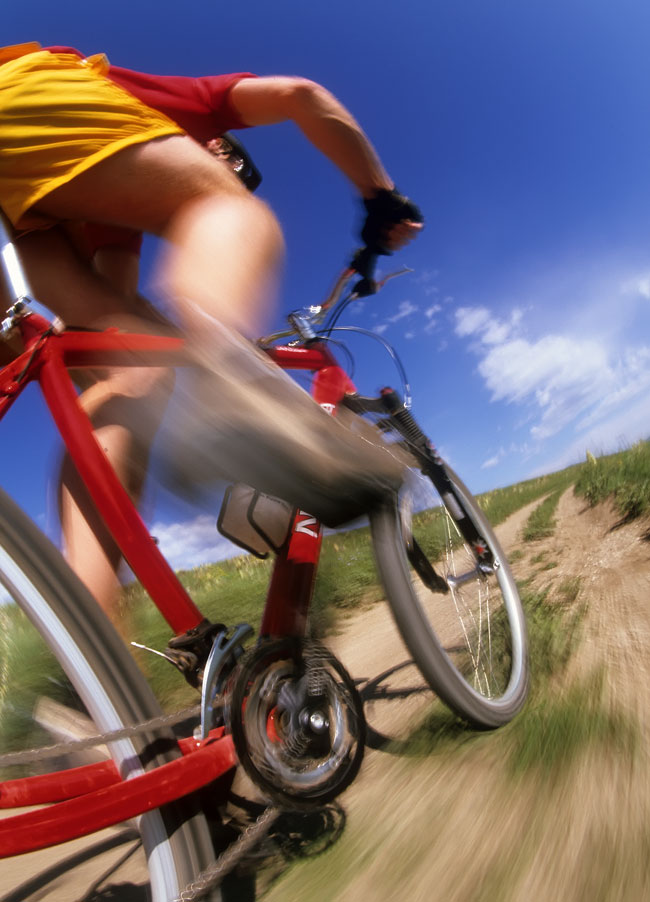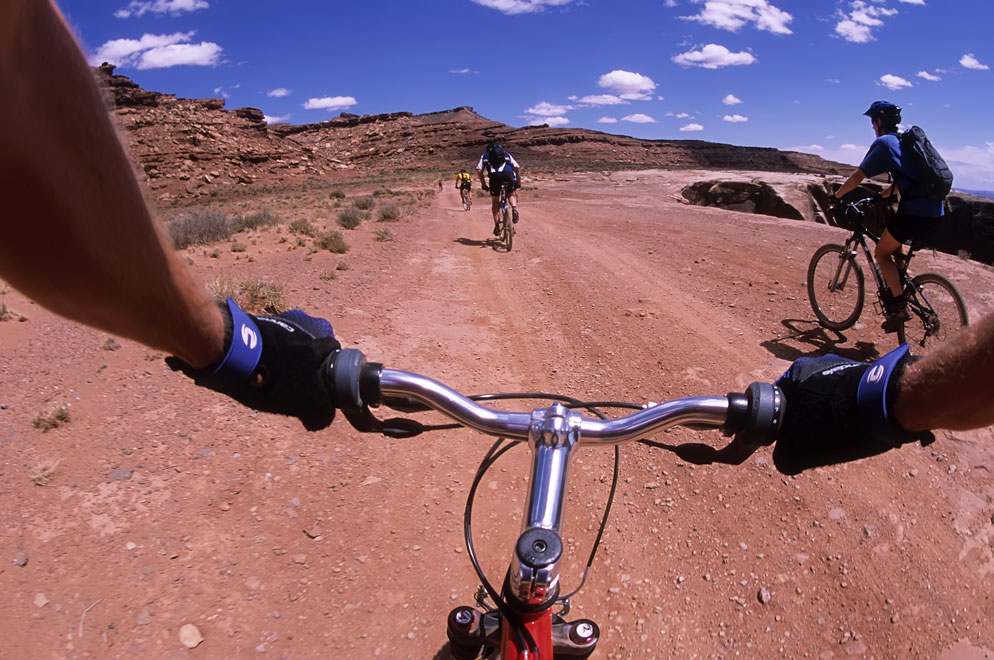When You Explore All Angles, Better Pictures Happen
Tom Bol explains how changing perspective can make a better image
Look at it this way....no, wait, look at it that way. On second thought, there's another way to look at it.
In fact, look at it every which way—over, under, sideways, down. "It" is whatever subject you choose, and while the straight-on conventional view is okay, it's only the beginning.
The truth is, dynamic photographs often begin with your choice of viewpoint, which is such an important choice that outdoor/adventure photographer Tom Bol uses an interesting statistic about it to get the attention of workshop participants.
"I tell them that 78% of all photographs are made standing up," Tom says, "and then I watch their reaction to see how many of them believe it. I made it up, of course, but the point is that we need to explore all perspectives when photographing a subject; we shouldn't be standing in just one spot."
"Perspective" is the right term. Zooming or changing your prime lens isn't what Tom's talking about. Your perspective changes when you move, not when you change focal length or lens.
Moving means that for the most part you'll be photographing without a tripod. "A tripod can lock you into one position," Tom says, "and you can miss what might be behind you, or what you might see if you get down low to the ground or climb up on something. I'm always telling people, 'We have to go outside the box, to different places for our vantage points."
To show how this thinking applies, Tom shot a comparison series for us in Acadia National Park in Maine.
(l. to r.) The first image was shot from a crouch, so the camera was knee high. For the middle shot, Tom moved in closer, and for the third he was standing up over the seedling. "I might have adjusted the focal length on the 14-24mm lens a touch or two, but these photos are about my movement and my position, not the focal length of the lens," he explains. Evaluating the three photos, Tom prefers the second and third images, "because they start to let the ocean play a part. The cove is pretty munch nonexistent in the first photo."
"I took the first image from a crouch," he says, "so the camera was knee high. For the middle photo I rose up a bit and moved in closer, and for the third I'm standing up over the seedling. I might have adjusted the focal length on the 14-24mm lens a touch or two, but these photos are about my movement and my position, not the focal length of the lens."
Evaluating the three photos, Tom prefers the second and third images "because they start to let the ocean play a part. The cove is pretty munch nonexistent in the first photo. As I got out of my crouch and moved in for the second photo, I added dimension to the image by letting the ocean and the cove play into the scene. In the third photo, as I stood up, the appearance really changes, and you're getting a better idea of what the place is like. I like to let the middle ground breathe, so I often get closer to my subject with a wide-angle lens so the middle ground stretches out to add a new dimension."
A bit of the inspiration for Tom's cover-all-angles thinking comes from a classroom. "My wife is a high school photography teacher," he says, "and sometimes I'll help her on standard class-type stuff. What's so refreshing working with the kids is they're just beginning to learn, so they'll go in every direction. In a lighting class they'll just walk around the set, shooting the subject from all angles, regardless of the position of their lights. I'm like, 'Wait, wait, you can't do that!' and they're like, 'Why not?' And there's the point, right there: sure, I know good lighting technique, but it's that knowledge that inhibits me from trying something that's totally outside the box."
Tom tells his workshop students to take the classic, standard shot, then take one, for example, with the camera six inches or less off the ground. "And if you make a ton of mistakes, you're getting a ton of learning about what can work," he says. "Who cares if you get a great shot? Just the fact that you're exploring and doing new things develops your style, and you're going to get something new, with a fresh perspective, even if that perspective is new only for you."
I think zoom lenses make it easier to explore, especially at the far ends of the spectrum. When you're shooting super wide—and I love the AF-S NIKKOR 14-24mm f/2.8G ED —you can practically be on top of your subject to stretch out the middle distance and get a three-dimensional look.
Attitude is the prime mover in this exploration, but also significant is how to think about and use your gear, especially your lenses. "I think zoom lenses make it easier to explore," Tom says, "especially at the far ends of the spectrum. When you're shooting super wide—and I love the AF-S NIKKOR 14-24mm f/2.8G ED —you can practically be on top of your subject to stretch out the middle distance and get a three-dimensional look. At the other end, because a telephoto isn't going to give you that exaggerated look, you have to find an angle that's different, like going up on top of a building and shooting down into the street."
The takeaway: Don't just stand there—crouch, climb, turn, twist, look left, right, up and down. And keep moving.
To get this shot, Tom moved not himself, but his camera. "It's on a Manfrotto Magic Arm off the back fork of the bike, a couple of inches off the ground, and there's a cable release running to the left side of the handlebars. I'm always trying to tell people what it's like to ride like this; well, here it is." F5, AF Fisheye-NIKKOR 16mm f/2.8D, 1/125 second, f/16, ISO 100, manual exposure, Matrix metering.
In Canyonlands National Park, Utah, Tom achieved this image with a homemade sling that held the camera against his chest. "I prefocused the lens, and because bouncing around on a mountain bike can cause the lens to rotate slightly, I used a little piece of gaffer's tape on the barrel to hold the focus in place." F5, AF Fisheye-NIKKOR 16mm f/2.8D, 1/250 second, f/11, ISO 100, manual exposure, Matrix metering.

